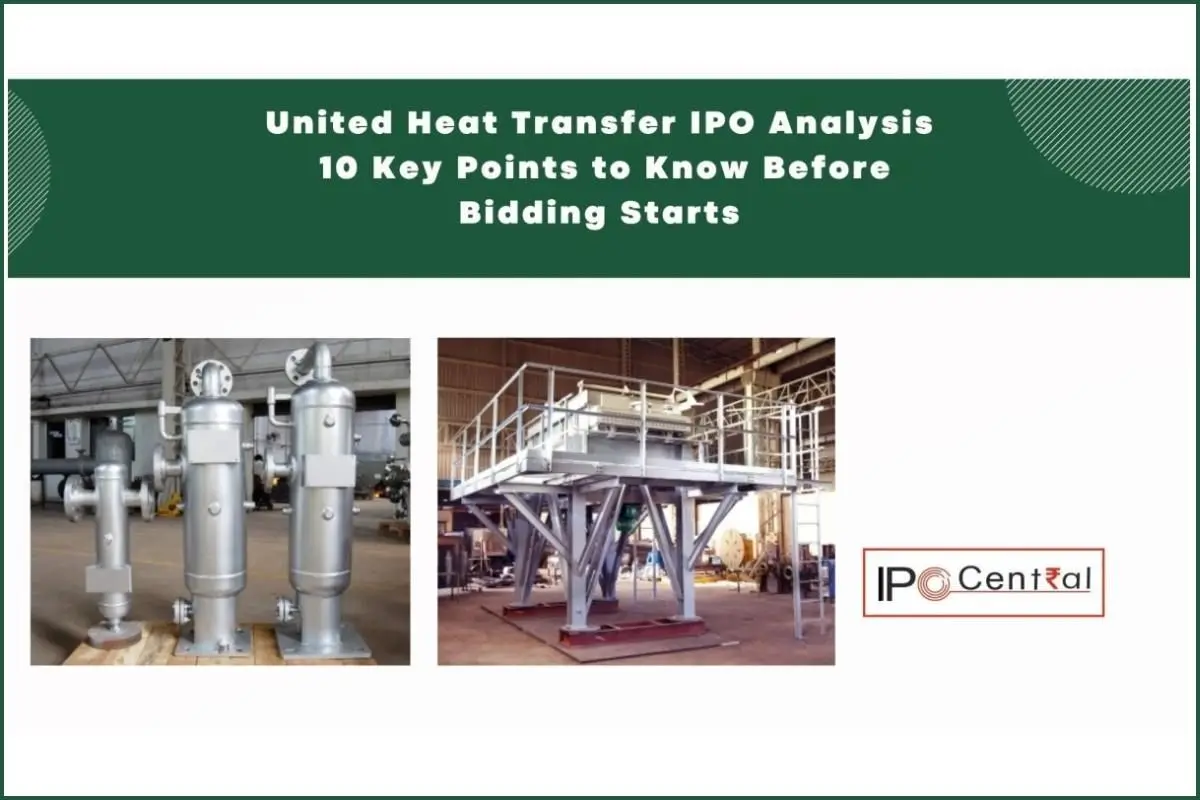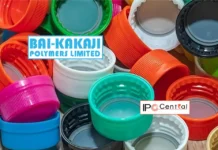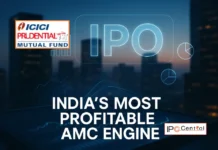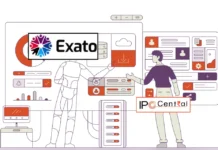United Heat Transfer is set to enter the Indian SME IPO market and investors are keen to understand if this IPO fits their portfolio. To make an informed decision, it’s essential to break down the company’s Red Herring Prospectus (RHP) and highlight the key points that matter to potential investors. Here’s our comprehensive United Heat Transfer IPO analysis covering key financial ratios and other crucial aspects:

Table of Contents
1. United Heat Transfer IPO Analysis: Issue Size and Price Band
- Issue Size: The company plans to raise INR 30 crore through this IPO.
- Price Band: The price range is between INR 56 – 59 per share.
- Lot Size: Investors need to buy a minimum of 2000 shares (INR 1,18,000) per lot
- Bidding Dates: The bidding window opens on 22 October and closes on 24 October 2024.
2. United Heat Transfer IPO Analysis: Overview, Industry, and Operations
United Heat Transfer specializes in manufacturing diverse heat exchange equipment, including shell and tube heat exchangers, air-cooled heat exchangers, pressure vessels, and process flow skids. These products are essential components for various applications, such as petrol and diesel engines, railway engines, maritime engines, cruise and cargo ships, ferries, pleasure boats, marine diesel, mining trucks, mega yachts, heavy engines, fishing boats, heavy trucks, freighters, trawlers, heavy haulages, power generation sets, supertankers, and off-highway engines.
The company leverages its expertise to support the expanding national and multinational Original Equipment Manufacturer (OEM) industry in areas such as heat exchangers, moisture separators, pressure vessels, and process flow skids. All products are manufactured in compliance with the standards set by the Tubular Exchanger Manufacturers Association (TEMA), ensuring quality and reliability. United Heat Transfer operates two manufacturing facilities in Nashik.
- Industry: Heat transfer equipment is a critical component across several industries, and United Heat Transfer has built its reputation in this niche. The global heat exchanger market size was valued at USD 1,670 crore in 2020 and is projected to reach USD 2,830 crore by 2030, growing at a CAGR of 5.5% from 2020 to 2030.
- Market Demand: With increasing industrialization, the demand for heat exchangers and pressure vessels has shown steady growth. The global shell and tube heat exchangers market is expected to reach USD 1,800 crore by 2033, with a CAGR of 4.1%.
Read Also: Usha Financial Services IPO Analysis: 10 key points to know from RHP
3. United Heat Transfer IPO Analysis: Revenue and Profit Growth Trends
The financial performance of United Heat Transfer is critical to assess before investing.
- Revenue: The company posted a revenue of INR 60.19 crore in FY2024, which is a 13.95% decline from the previous year.
- Net Profit: Its net profit for FY2024 was INR 6.24 crore, representing a CAGR of 102% from the past three years.
- Profit Margins: The company has maintained a profit margin of 10.36% for FY 2024.
4. United Heat Transfer IPO Review: Financial Ratios to Watch
- P/E Ratio: The company’s P/E ratio stands at 12.07, which is comparable to industry peers.
- Return on Net Worth (RoNW): The RoNW for Fiscal 2024 is 30.62%, rising from 12.70% in Fiscal 2022, which indicates efficient use of shareholder funds.
- Debt to Equity Ratio: Pre-IPO, the company’s debt to equity ratio is 1.81, which is on the higher side compared to the industry average.
5. United Heat Transfer IPO Review: Promoters and Shareholding Structure
The promoters of United Heat Transfer are Mr. Yogesh Viswanath Patil, Mr. Vivek Vishwanath Patil, Ms. Durva Yogesh Patil, and Mr. Shatanik Vivek Patil. They currently hold 80.81 % of the company’s equity.
- Promoter Experience: Mr. Yogesh Vishwanath Patil has more than 29 years of experience in the areas of Production, commercial and finance and of Heat Exchanger Industry. Mr. Vivek Vishwanath Patil has more than 29 years of experience in the areas of Design, Marketing and Administration. Currently, he manages the Design and Marketing functions of the company.
Ms. Durva Yogesh Patil possesses a total of 8 years of experience. She has been associated with the company for the past 6 months, initially appointed as Non-Executive Director.
- Post-IPO Shareholding: Post-issue, the promoter’s shareholding will be diluted to 59.20%, ensuring that they still retain majority control.
6. United Heat Transfer IPO Review: Use of IPO Proceeds
Understanding how the company intends to use the raised capital is crucial for assessing its growth potential.
- Repayment of Debt: A portion of the IPO proceeds will go towards reducing the company’s existing debt of INR 5.73 crore.
- To Meet Incremental Working Capital Requirements: INR 14 crore will be allocated towards boosting working capital to support the company’s expansion plans.
- General Corporate Purpose: Remaining amount will be used for general corporate purposes.
7. United Heat Transfer IPO Review: Threats and Challenges
- The company’s contingent liabilities as of 31 March 2024 were INR 10.31 crore. If these contingent liabilities materialize, fully or partly, the financial condition of the company could be affected.
- The top 5 customers of the company contributed 67.65% of the revenue in FY 2024. The company is dependent on these customers for sales. Loss of any of these large customers may affect revenues and profitability.
- Exports are dependent on countries including France, Holland, Poland, Netherlands and the USA. United Heat Transfer generated almost 8.84% of revenue in FY 2024 from these 5 countries. Any conflict with these countries on the political level will impact the revenue badly.
- Uniheat Research and Solutions – a group company of the United Heat Transfer – is involved in the same business as the parent company. Potential conflicts of interest may arise when allocating business opportunities among the company and other promoter group entities. This could affect the business.
8. United Heat Transfer IPO Review: Peer Comparison
To get a clearer view of United Heat Transfer’s standing, comparing it with peers like Patel Airtemp India and Anup Engineering can be useful.
- United Heat Transfer, with a P/E ratio of 12.07, presents a stable investment opportunity that appeals to value investors seeking lower risk. In comparison, its peers, Patel Airtemp India and Anup Engineering have significantly higher P/E ratios of 25.87 and 34.89, respectively. This contrast highlights different investment strategies: United Heat Transfer is ideal for conservative investors, while Patel Airtemp India and Anup Engineering cater to those pursuing aggressive growth.
- Additionally, United Heat Transfer boasts a high Return on Net Worth (RoNW) of 30.62%, surpassing both Patel Airtemp India at 10.33% and The Anup Engineering at 19.38%.
9. United Heat Transfer IPO Review: Subscription Details and Investor Categories
- Retail Investors: 35% of the issue is reserved for retail investors.
- Non-Institutional Investors: 15% of the issue is reserved for high-net-worth individuals (HNIs) investors.
- Qualified Institutional Investors: The remaining 50% is allocated to institutional investors.
10. United Heat Transfer IPO Review: Should You Invest?
If you are a conservative investor looking for value, stable returns, and a company with improving financial health, United Heat Transfer’s IPO could be a good investment. The company’s rising profitability, declining debt, and strong RoNW and ROCE metrics make it attractive for long-term, low-risk portfolios.
However, if you’re seeking aggressive growth and higher returns, you may want to consider other options in the same sector with higher P/E ratios and more risk tolerance.






































